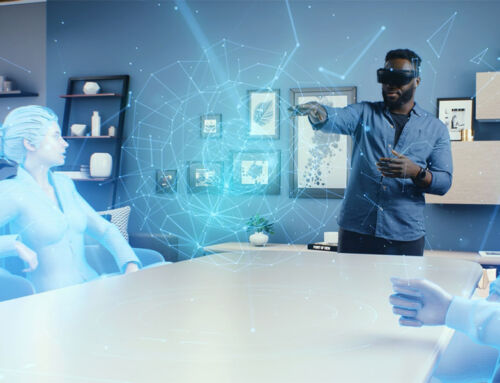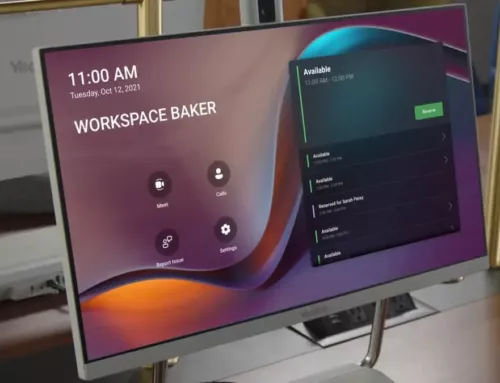A goal that should be at the top of any organization’s list is maximizing its employee productivity.
The research proves this. Top organizations are more than 40% more productive than their competitors, and many of these organizations believe that productivity amongst employees is even more valuable than efficiency.
In an effort to increase employee productivity, improve hybrid work, and improve employee collaboration, many companies have begun to implement virtual reality (VR) and augmented reality (AR) tools and software into company processes.
VR and AR are incredibly similar in their functions and uses, but is one better than the other?
Read on to learn more!

An In-Person Meeting Substitute
Anyone who has worked in an office job knows that teleconferencing has been around for a long time, and the pandemic only did more to make video conferencing platforms like Zoom and Microsoft Teams more widespread.
Of course, many CEOs and salespeople know that face-to-face meetings are more effective, which makes video conferencing seem over-glorified even if it has video capabilities.
However, numerous jobs have required their employees to travel (sometimes on their own dime), and this can mean extra payments, difficulty, and stress for a specific job position. Work travel also dips into an employee’s personal time away from work, and this can leave them feeling uneasy or unsatisfied.
This is where AR and VR come into play. Both tools can help an employee attend meetings without leaving the office, or coming in.
Using a VR headset with your phone, computer, and other devices allows an employee to work remotely while still seeing things in 3D. This will save the employee time and money collectively. VR meetings can also be recorded for future reference.
VR headsets have become increasingly popular amongst salespeople because they get the similar face-to-face interaction that they are accustomed to, but they don’t have to travel.
Using VR makes it easier for more stakeholders to attend meetings, and relationships can continue to build since everyone can still see and talk with each other.
Another important thing about AR and VR headsets is that you can preset them with a specific image, graphic, model, virtual environment, and more.
For example, take any of the products we sell here at Ultimate Technologies Group. If a potential client is interested in a Yealink product, then we could preset an AR or VR headset with a model of the product so they could test it out in their office or at home. The client will most likely appreciate the simplicity of the demonstration, and they will be happy to know that they don’t have to fly across the country just to test it.
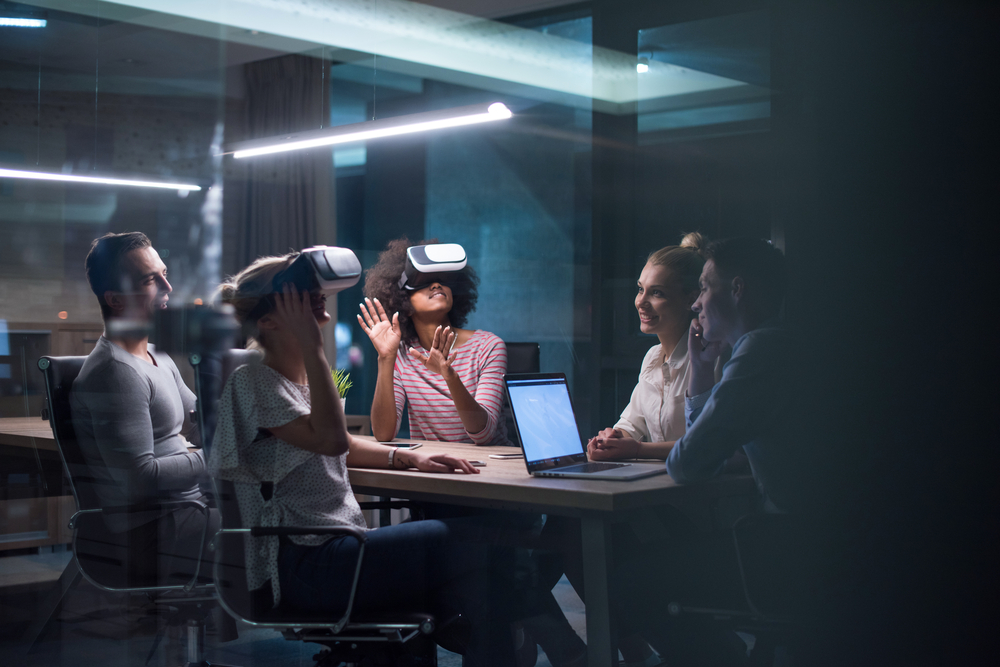
Product/Process Training
In-person training means that a company needs the space, equipment, and staff to train a new employee. Many companies do in-person training still to this day, but it may no longer be the best method of teaching.
In fact, using a veteran employee to train a new employee can have negative impacts on a company’s overall productivity because the veteran employee must be pulled away from their usual tasks to focus on the trainee. Furthermore, pairing a veteran employee with a new employee can lead to information overload for the trainee, resulting in second thoughts and feelings of self-doubt.
VR and AR headsets can play a key role in employee training because they can be used anywhere at any time. They also can make training more efficient while reducing overall training costs.
One of the biggest industries that are suffering from in-person employee training is manufacturing because there are so many new systems and machinery to operate. For a trainee to learn a new machine, it has to be turned off first. This means that the manufacturing factory’s production line and efficiency are already taking negative hits.
Instead, trainees could be given a VR or AR headset to learn how to operate the machine virtually. This means training will no longer impede production, and trainees can learn how to work through risky situations without fear of injury.

Employee Orientation
Although onboarding new employees is necessary, it takes a ton of time.
When employees are properly onboarded, employee retention raises to more than 80%, and employee productivity skyrockets to more than 70%. More than a quarter of employers spend a whole week onboarding, and a little more than 20% spend a whole month.
Simply put, videos, meetings, and online exercises are not as immersive as VR and AR training. Employees can train from anywhere, and they can meet their colleagues through a collaborative workspace. They can also take virtual tours of a company’s facilities.
VR and AR can act as exceptional onboarding tools in a world where hybrid work has become the norm. Additionally, they can be used as recruitment tools, too.
Think about it. How many companies can boast top-of-the-line virtual reality facilities for their new employees? It can all be done without travel and reduced training costs.
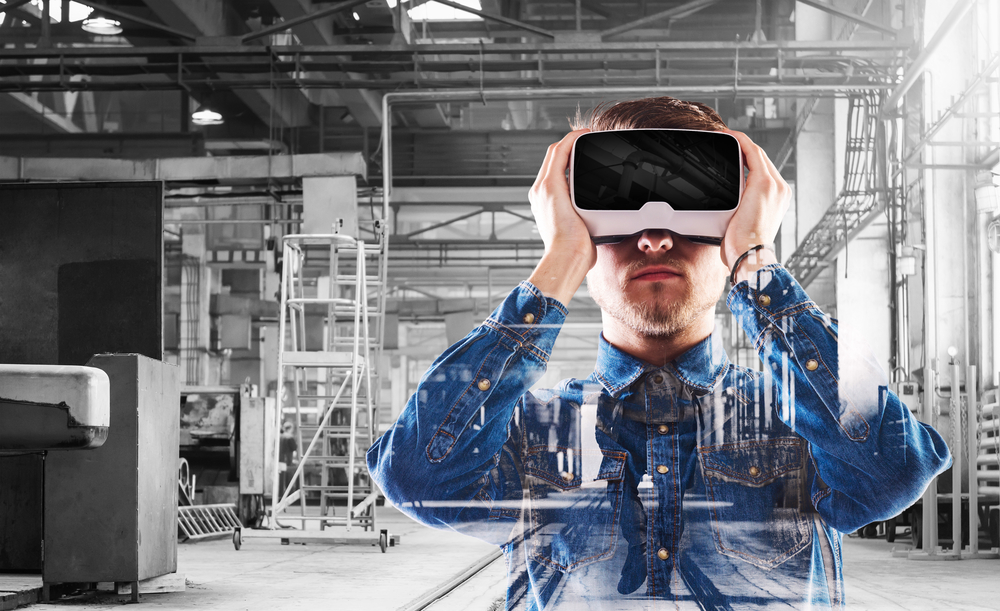
Enhance Soft Skills
It can be very challenging and intimidating to improve soft skills in the workplace.
Thankfully, veteran employees can virtually observe workplace engagements that require soft skills. VR and AR even allow employees to role-play and practice soft skills on their own. This kind of practice can even be recorded and reviewed later on.
With AR and VR, even the shyest or least experienced employee can still practice their soft skills without the pressure of being watched by their coworkers.
For example, if an employee is scared of public speaking, they can practice public speaking through VR or AR. Many of these technologies even have eye-tracking so a practicing employee can see how they did on their eye contact.
VR and AR also make it easy for employees to create their own multiplayer environments through the utilization of remote experts. No one has to travel for training, which makes it easier to set up group exercises with in-office and remote workers.
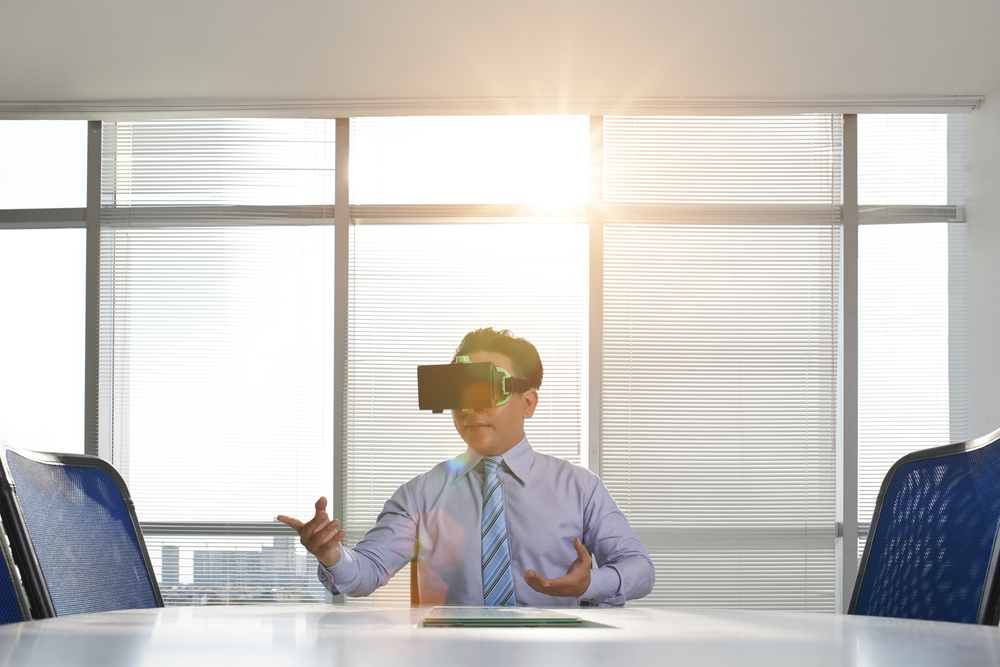
Overall
So, is AR better than VR? Is VR better than AR?
As this post suggests, AR and VR have many similarities that can enhance the experience for your employees, and your company as a whole. To us, VR and AR are essentially on the same playing field, but people have different opinions on technologies like these.
Every company is run differently with different goals. For all we know, VR may be more useful to your company than AR or vice versa, but at the end of the day, both options are incredibly useful for both your employees and your company.
To learn more about VR and AR technology, or to purchase these technologies, get in contact with an Ultimate Technologies Group representative today!
About the Author:
Ultimate Technologies Group is the global expert in virtual communication and collaboration technology. When it comes to high-end Audio Visual technology solutions, we are trusted by some of the most respected brands:
Commercial AV News & Thought Leadership:

2022 RedDot Winner – Yealink’s MeetingBoard 65
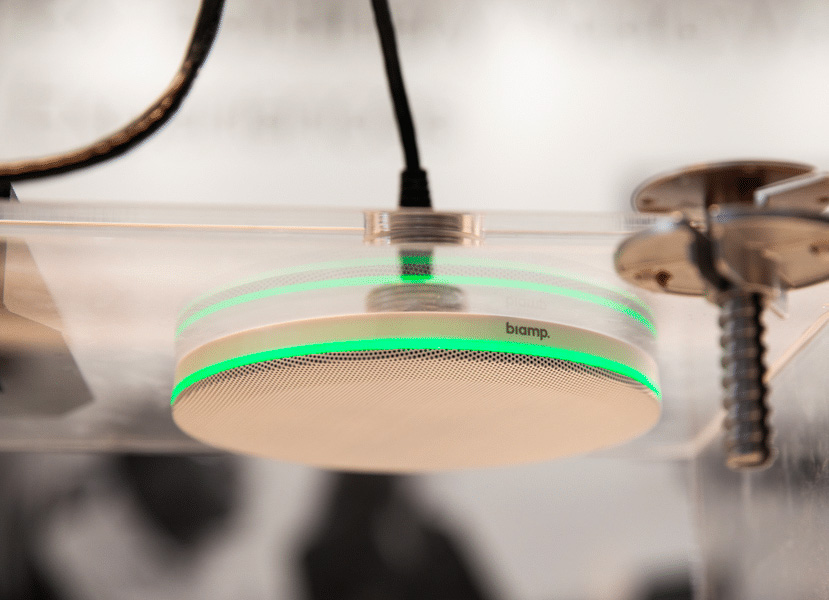
Sound Masking vs. Sound Absorption: Improving Conference Room Acoustics

The Current State of Hybrid Work May 2022



